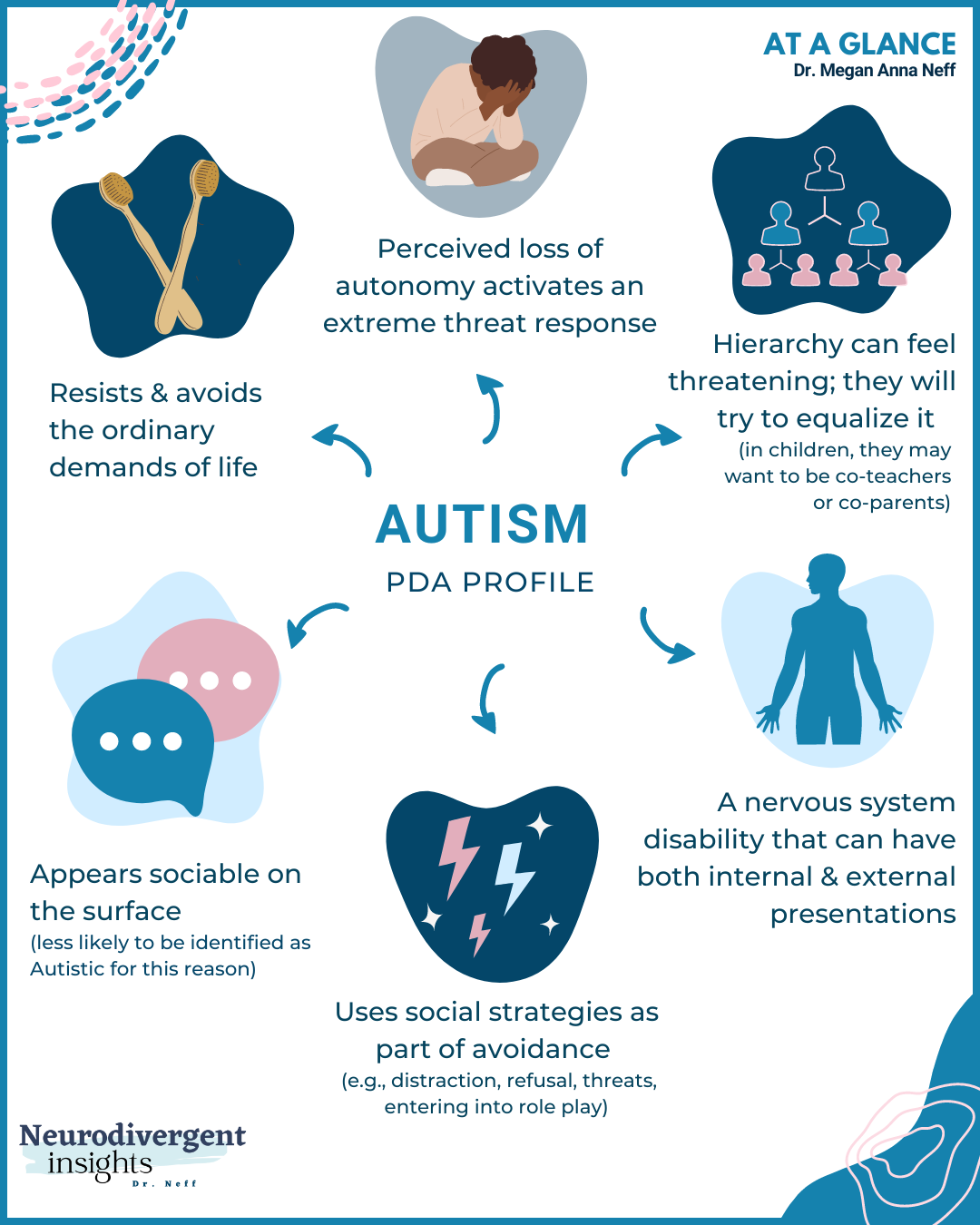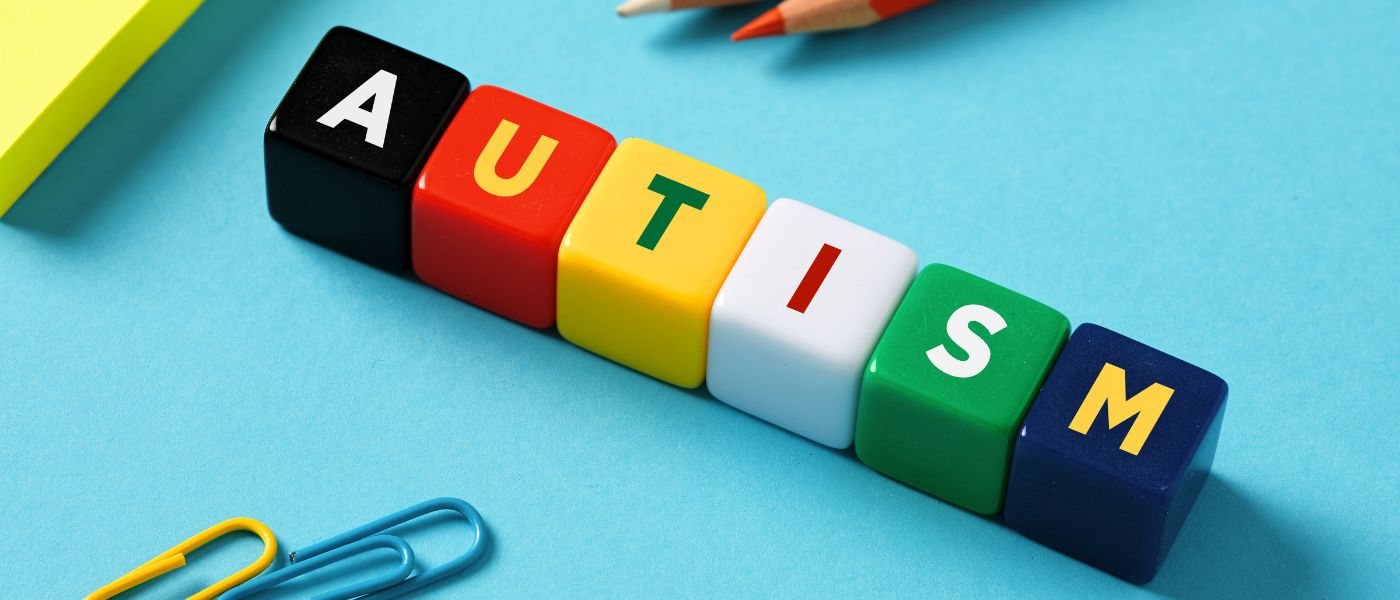Discovering Autism: Methods for Efficient Communication and Communication
Reliable communication and communication with individuals on the autism spectrum demand a comprehensive understanding of their distinct needs and preferences. The details of these techniques disclose further considerations that warrant exploration, especially in how they can be adjusted to specific experiences and diverse contexts.
Understanding Autism Range Condition
Autism Range Condition (ASD) includes a series of neurodevelopmental conditions identified by difficulties in social communication, interaction, and repeated habits. The term "spectrum" reflects the diverse symptoms and varying levels of severity experienced by people with ASD. While some might display considerable impairments, others may present high-functioning characteristics, permitting higher freedom in every day life.
The start of ASD generally happens in very early childhood years, with indications often identifiable by age 2. Early indicators may include delayed speech growth, limited eye call, and problems in comprehending social cues. Although the specific etiology of ASD stays vague, research recommends a combination of genetic and environmental variables plays a vital function in its development.
People with ASD commonly have distinct strengths, such as increased interest to detail and phenomenal memory abilities. Nonetheless, they might battle with recognizing abstract principles and handling modifications to regular. As a result, interventions and assistance tailored to private demands are vital for cultivating interaction and social skills. Identifying the intricacy of ASD is vital for promoting recognition, acceptance, and efficient techniques that assist in purposeful communications with individuals on the spectrum.

Importance of Clear Communication
Reliable interaction is vital for cultivating understanding and connection, specifically for individuals with Autism Range Disorder (ASD) Clear communication not only promotes social communications but also improves the individual's capacity to share their emotions, ideas, and demands. For people with ASD, the subtleties of language can frequently be challenging; for that reason, utilizing unambiguous and simple language is essential.
Additionally, clear interaction helps in reducing stress and stress and anxiety that might occur from misunderstandings. When messages are shared in a straight and consistent way, people with ASD are better geared up to interpret details properly, which can substantially boost their social involvement and engagement in various settings.
Developing routines and using aesthetic supports can further boost clear interaction. These methods offer individuals with predictable frameworks that help comprehension and retention of details. In addition, proactively being and paying attention patient throughout interactions promotes an encouraging environment where individuals with ASD really feel valued and comprehended.
Eventually, prioritizing clear interaction not only equips people with ASD yet additionally cultivates more significant links with their peers, caregivers, and the larger community, paving the way for comprehensive interactions and collective relationships. - autism
Non-Verbal Communication Strategies
Communication prolongs past words, and for individuals with Autism Spectrum Problem (ASD), non-verbal signs play a substantial duty in interactions. Non-verbal interaction strategies can consist of faces, gestures, body language, and eye contact, every one of which work as vital elements for conveying emotions and intents.
Recognizing and interpreting these non-verbal signals can boost interactions click this with individuals with ASD. As an example, a cozy smile or open stance can create a welcoming ambience, urging engagement. Using aesthetic aids-- such as picture cards or symbols-- can connect communication gaps and help share messages more effectively.
It is additionally important to be mindful of personal area, as individuals with ASD may have various comfort degrees relating to distance. Observing their responses to physical distance can notify proper adjustments.

Creating Encouraging Atmospheres
Creating a supportive setting is essential for promoting favorable communications and boosting the health of individuals with Autism Spectrum Condition (ASD) Such environments can significantly minimize anxiousness and develop a feeling of safety, permitting people to reveal themselves more freely.
To attain this, it is important to consider sensory level of sensitivities that individuals with ASD might experience. Modifying the physical room to include soft illumination, minimal history sound, and comfy seating can develop a calming atmosphere. In addition, utilizing regular routines and clear visual routines can aid people anticipate transitions and decrease unpredictability, more advertising comfort.
Social rooms must be structured find to reduce frustrating stimuli while providing chances for interaction in preferred tasks. Assisting in areas marked for quiet time can also serve as a sanctuary during minutes of tension. Importantly, integrating elements of choice encourages people, permitting them to exercise firm in their setting.

Urging Social Communications
Cultivating social communications among individuals with Autism Range Disorder (ASD) calls for intentional strategies that focus on convenience and interaction. Establishing foreseeable regimens can help in reducing anxiousness, making social settings extra friendly. Developing organized atmospheres with specified responsibilities and roles allows people to engage without the overwhelming stress of disorganized social characteristics.
Integrating passions and strengths right into social tasks can act as a catalyst for interaction. Arranging team activities around shared leisure activities or topics of attraction can assist in all-natural discussions and connections. Additionally, utilizing aesthetic supports, such as pictorial schedules or social scripts, can aid in comprehending social hints and assumptions.
Modeling suitable social behaviors is vital - autism. Peers and adults need to show effective communication techniques, consisting of active listening and turn-taking. Role-playing situations can likewise offer a safe room for individuals to practice these skills
Lastly, fostering peer relationships via comprehensive methods is vital. Motivating comprehensive playdates or team outings can create possibilities for socialization in a comfortable setup. By executing these teachers, caregivers and strategies can substantially improve social communications for individuals with ASD, advertising their total social development and wellness.
Verdict
In conclusion, efficient interaction important link and interaction strategies are essential for sustaining people with Autism Spectrum Condition. Inevitably, these strategies empower individuals with autism to browse social landscapes, promoting their total wellness and making it possible for the advancement of lasting partnerships.
Effective communication and interaction with individuals on the autism range necessitate a detailed understanding of their distinct requirements and preferences. Clear interaction not only helps with social communications but additionally enhances the individual's capacity to express their demands, thoughts, and emotions.Promoting social communications amongst individuals with Autism Spectrum Condition (ASD) requires intentional techniques that focus on convenience and interaction. By carrying out these caregivers, instructors and strategies can significantly improve social communications for individuals with ASD, advertising their total social growth and health.
In final thought, effective interaction and communication techniques are vital for sustaining individuals with Autism Spectrum Problem.
Comments on “The Duty of Education And Learning in Supporting Students with Autism: Ideal Practices”